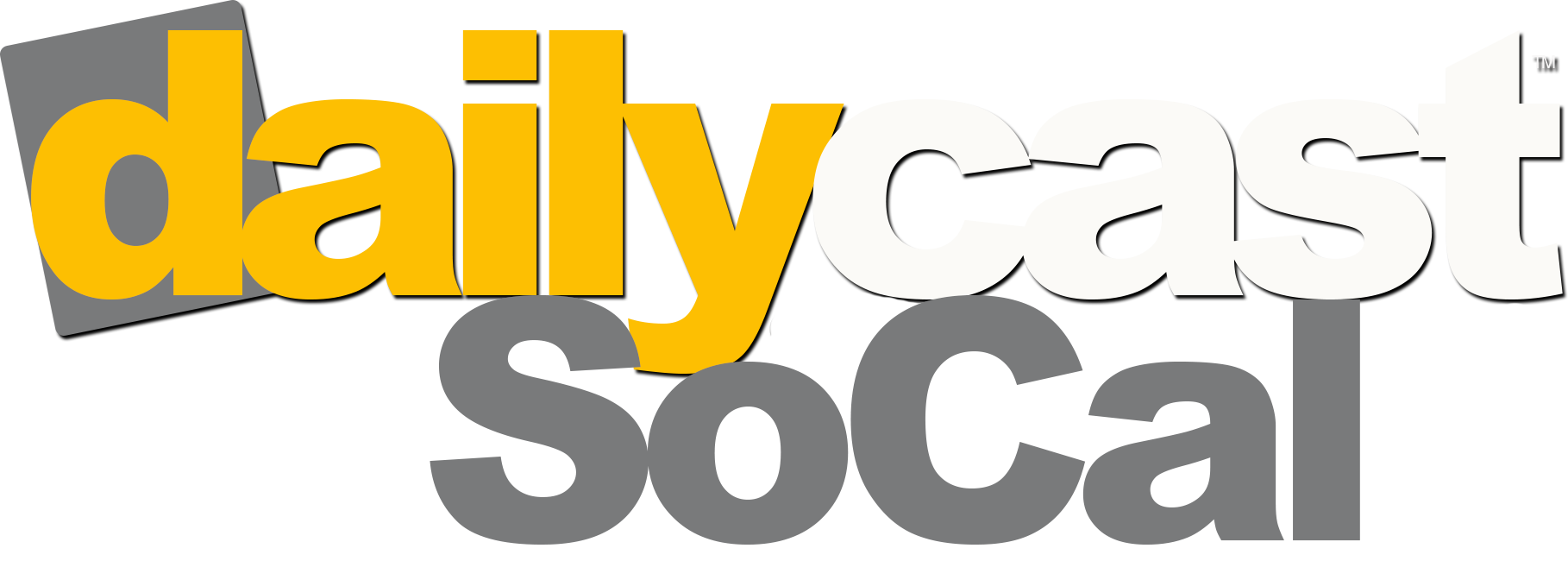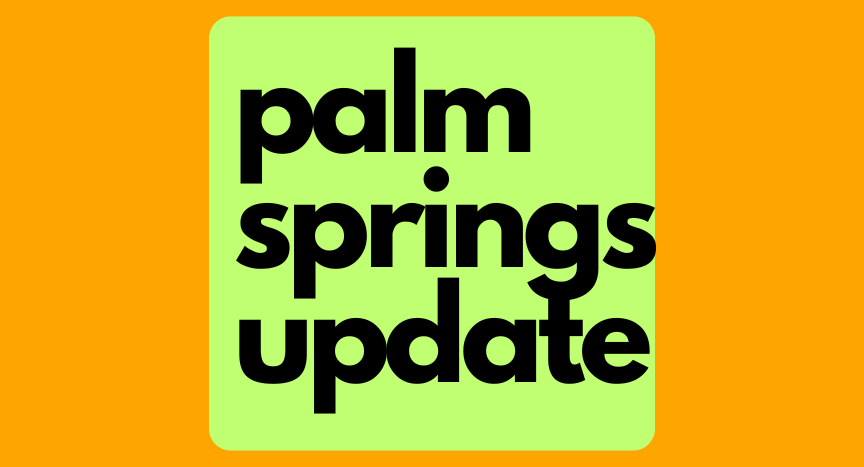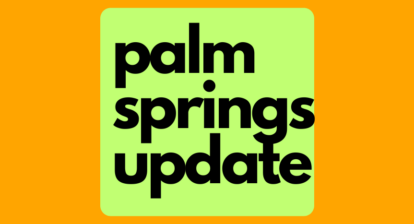The Palm Springs Planning Commission heard from frustrated residents of the Tahquitz Creek residents and management of the Palm Springs Surf Club on Tuesday evening amid ongoing complaints over noise levels at the facility.
In October 2019, the Planning Commission approved the conversion of the shuttered water park at 1500 South Gene Autry Trail into a new surf wave pool, a restaurant and lounge area, and a lazy river, along with other amenities. The Palm Springs Surf Club first opened on Jan. 1, 2024, but closed for several months due to mechanical issues with the wave pumping machines. The surf club reopened in late fall 2024 and has been fully operational since.
During that time period, some residents along Cherry Hills Drive and Pebble Beach Drive repeatedly reported concerns about the noise levels coming from the facility. The city’s code enforcement team has received a total of 66 complaints about the surf club since it began operation from about 16 individual residences. Most of the complaints are about noise from the wave making machines and from music played over the surf club’s sound system. Of these complaints, the facility has received just six citations.
The Palm Springs Surf Club uses eight wave making machines that apply air pressure to force a piston downward, which results in water motion. The machines are located inside three different enclosed buildings with large roll-up doors. The machines make a noise “that increases as the waves cycle up to release the air pressure to propel the waves,” according to a city staff report. And before a recent overhaul of the machines, the roll-up doors were frequently opened to help the machines cool off due to overheating.
The surf club has since installed new noise blankets inside the buildings to help absorb the sound, and added cooling machinery so that the doors no longer need to be open while the machines make waves. But some residents say they’re still plagued by noise, from both the wave machines and recent special events such as adult night swims.
The Planning Commission heard concerns from several of these residents on Tuesday evening, in a regular review of the park’s operations that was one of the conditions of the approval.
“How it bothers us is when we would go out in the morning to listen to the birds, look at the trees, it was quiet, even the occasional plane doesn’t bother us, but this thing is a constant, draining, groaning noise,” said one resident.
“At the end of the day, it’s a corporation that’s earning profits off a negative impact to those in the neighborhood. It can be remedied, and that’s all we’re simply asking. We don’t want the park to go away. We don’t want those who enjoy the park to not be there. We’d like to enjoy the park, but not at the expense of the quality of life for our neighborhood,” said Tom Jennings, another resident near the surf club.
Graphs presented by the city’s code enforcement staff showed decibel levels from the surf club reaching above the 70 decibel limit set by the city’s noise ordinance between the hours of 7 a.m. and 6 p.m.
“We collectively want everybody to understand that we actually take this serious. . . This has been a challenge for sure. This is a startup. This is new technology. We’ve had our challenges with it, obviously breaking down, learning the industry and understanding what it is,” said Mara Smith with the Palm Springs Surf Club. “. . . We want to recognize that we are trying our best mitigation efforts that we’ve put in.”
“I appreciate their concerns, but I also am here to say we are a business, and we want to be part of this community, and we want to be great neighbors,” said Smith.
A code compliance officer said issues from the wave machines have largely been mitigated since the machines were overhauled, and most of the recent concerns have related to special events like adult swim nights and live entertainment.
Smith said the surf club was actively working with acoustic engineers to mitigate the sound, and received the suggestion of installing a “living wall” of staggered trees along the surf club’s southern perimeter, which should lower sound levels by seven to 11 decibels. A structural sound wall, built at the height allowed by city code, would only reduce the sound by about two decibels, according to Smith.
The Planning Commission directed Smith to mitigate the noise issues by installing a living wall, which Smith said could be done by October if the surf club receives required city approvals. The topic will return for Planning Commission discussion in three to six months, after these mitigations measures have been implemented.


